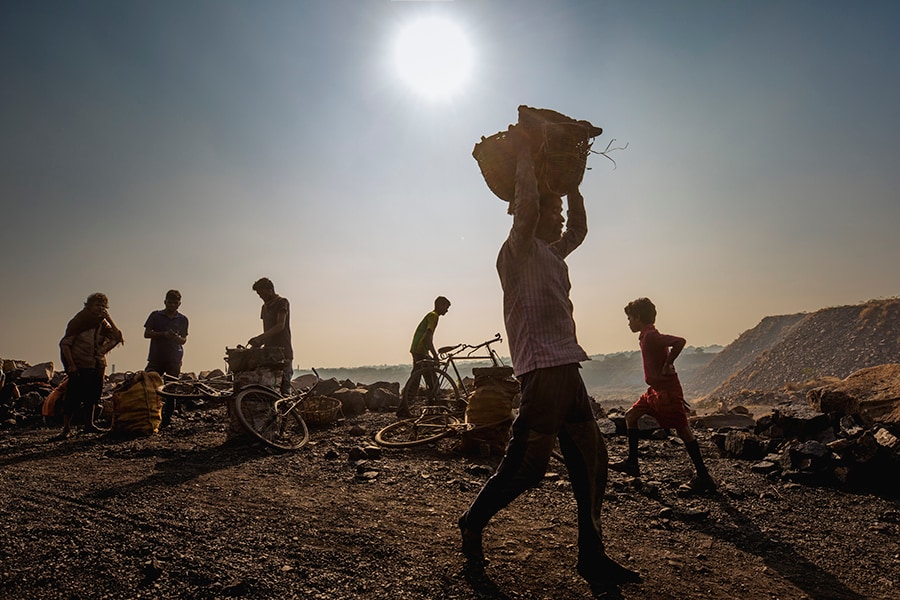
Coal is set to roar back, and so are its climate risks
Coal is the lightning rod of climate diplomacy this year, as countries scramble to rebuild their economies after the coronavirus pandemic while, at the same time, stave off the risks of a warming planet

Workers collecting coal at Jharia coal field. A majority of India's energy production comes from fossil fuels. Photo by: Jonas Gratzer/LightRocket via Getty Images
The pandemic abruptly slowed the global march of coal. But demand for the world’s dirtiest fuel is forecast to soar this year, gravely undermining the chances of staving off the worst effects of global warming.
Burning coal is the largest source of carbon dioxide emissions, and, after a pandemic-year retreat, demand for coal is set to rise by 4.5% this year, mainly to meet soaring electricity demand, according to data published Tuesday by the International Energy Agency, or IEA, just two days before a White House-hostedvirtual summit aimed at rallying global climate action.
“This is a dire warning that the economic recovery from the COVID crisis is currently anything but sustainable for our climate,” agency head Fatih Birol said in a statement.
Coal is at the crux of critical political decisions that government leaders need to make this year if they are to transition to a green economy. Scientists say greenhouse gas emissions need to be halved by 2030 in order for the world to have a fighting chance at limiting dangerous levels of warming.
In short, this a historic juncture for coal.
©2019 New York Times News Service




